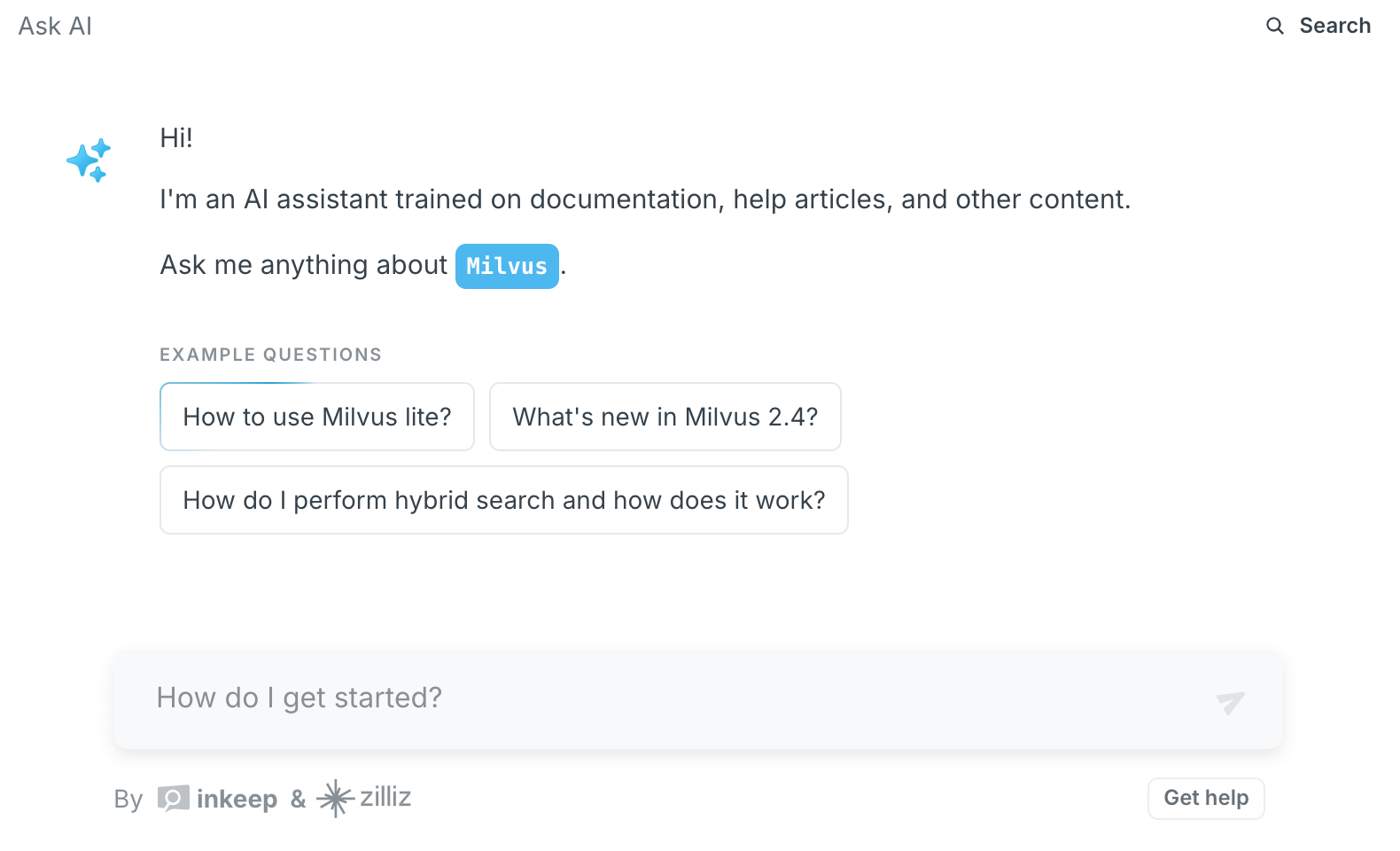Retrieval-augmented generation (RAG) addresses the static knowledge cutoff and memory limitations of large language models (LLMs) by integrating real-time data retrieval into the generation process. LLMs are typically trained on a fixed dataset up to a specific date, meaning they lack awareness of events, trends, or information that emerged after their training period. Additionally, their “knowledge” is stored in model parameters, which limits the amount of contextual data they can handle during inference. RAG overcomes this by allowing the model to query external data sources—such as databases, document repositories, or APIs—during runtime. This ensures responses incorporate up-to-date or domain-specific information beyond the model’s original training data, effectively bypassing its static knowledge constraints.
The retrieval component of RAG works by first identifying relevant information from external sources based on the user’s query. For example, when a user asks about recent developments in a technical field, the system might search a curated database of research papers or industry news articles. This retrieved data is then fed into the LLM as context, enabling it to generate accurate, current answers. A practical implementation might involve using a vector database to store embeddings of documents, allowing fast similarity searches to find text snippets related to the query. For instance, a developer building a customer support chatbot could use RAG to pull the latest product documentation into the model’s context window, ensuring responses reflect recent updates without retraining the entire LLM.
RAG also mitigates memory limitations by reducing the need to store vast amounts of data within the model itself. LLMs have fixed context windows (e.g., 4K–128K tokens), making it impractical to load large documents or datasets directly. With RAG, only the most relevant portions of external data are retrieved and injected into the prompt, keeping context manageable. For example, a legal research tool using RAG could query a case law database to extract specific precedents relevant to a user’s question, rather than requiring the LLM to memorize every legal decision. This approach allows smaller, more efficient models to handle complex tasks by offloading data storage to external systems. By combining retrieval with generation, RAG balances accuracy, scalability, and computational efficiency, making it a practical solution for applications requiring dynamic or specialized knowledge.
